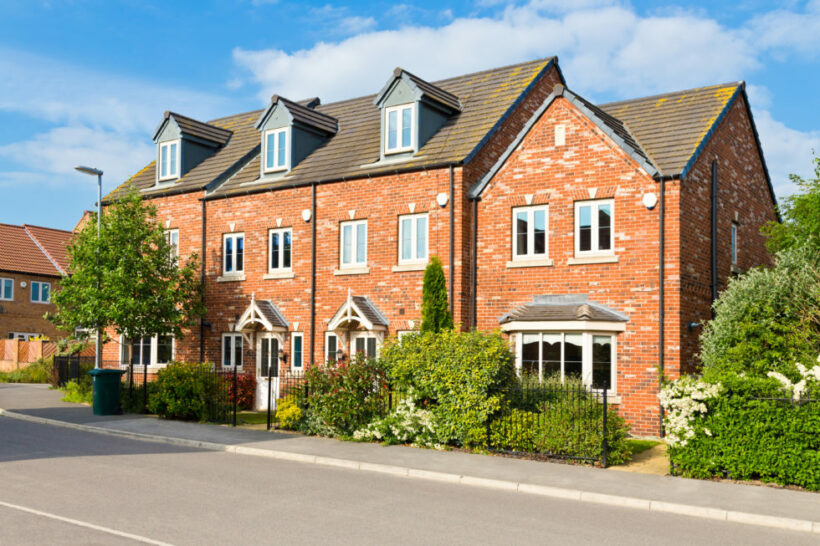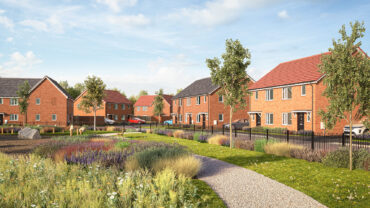22 December 2021
Partnerships model will win out in the single-family market

Originally published by React News.
Written by Jonathon Ivory.
It is a well-trodden path. Having spent one’s young professional life enjoying the benefits of urban living, including a short commute and a seemingly infinite number of restaurant and bar options, many of us end up replacing the hustle and bustle of the ‘big smoke’ for the peace and quiet of the ‘burbs’. Unsurprisingly this gear shift typically goes hand in hand with marriage, children, and a requirement for more living space (including gardens) and proximity to good schools.
And so it is with build-to-rent (BTR) specialists like Packaged Living. Having spent the formative part of our careers meeting the needs of apartment dwelling renters, more latterly we see the appeal of suburban homes with good transport links and green open spaces.
In doing do, we acknowledge the 2.6m households (60% of the PRS market) already living in rented houses, of which only 6,000 are owned and operated by institutional (read professional) property owners. The rest are predominantly owned (and often managed) by what Americans would call ‘mom and pop’ landlords offering a mixed bag of service levels.
Therefore, the opportunity for us to lift a decade of learnings and best practice from multifamily and apply those to the emerging single family rental sector, is significant… and ultimately to the benefit of consumers.
Knight Frank estimates that there is £7.8bn of institutional capital ready to be committed to the single-family rental (SFR) market over the next five years. But how will all that capital get deployed? Some investors will acquire standing stock, but very few such portfolios exist. Some investors will develop their own inventory, but this is hard to scale quickly and not without risk.
Perhaps the most efficient route to market is to partner with established housebuilders; marrying low-cost institutional capital with the housebuilders integrated developer contractor business model is a proven way to deliver SFR homes at scale. After all, no one builds houses more effectively than housebuilders…. the clue is in the name.
Partnerships model works for housebuilders too
But if the appeal of working with volume housebuilders is so obvious to investors, why should housebuilders be interested in (whole)selling homes to groups like us? After all, aren’t we just seeking deep discounts to vacant possession value and therefore eroding the house builders’ margin?
Unhelpfully, the answer is, not necessarily. Whilst discount is not unimportant, it is not what drives the BTR model, which is more allied to income and capital growth. Indeed, it is important for housebuilders to consider the benefits of the BTR model. Namely;
- Improved return on capital employed
- No sales, marketing and finance costs
- Increased overall rates of production and delivery
- De-risking large schemes
- Placemaking (resulting in enhanced downstream fractional sales)
- Hedging against consumer house buying market cyclicality and;
- Replacement outlet for Help to Buy once it expires
For these reasons, and more, major developers like Countryside Properties are increasingly abandoning (or resizing) their traditional housebuilding business to focus on the benefits the partnership model offers.
Our partnership with Aviva Investors will soon be funding the delivery of over 1,000 affordable and energy efficient family homes across the UK. We are offering residents more sustainable and energy-efficient properties which will help support the transition to a lower carbon world. In collaboration with our housebuilding partners, we have evolved the traditional new build specification to include the use of electric vehicle charging stations, air source heat pumps and all-electric solutions (including photovoltaics) for energy requirements instead of gas-powered solutions.
The partnerships model has the ability to significantly increase housing additionality throughout the UK, thus satisfying the government agenda for new homes, whilst at the same time offering an affordable and energy efficient solution to the UK’s housing shortage.





